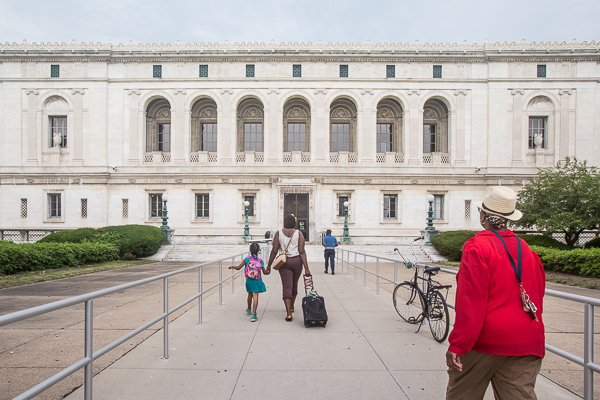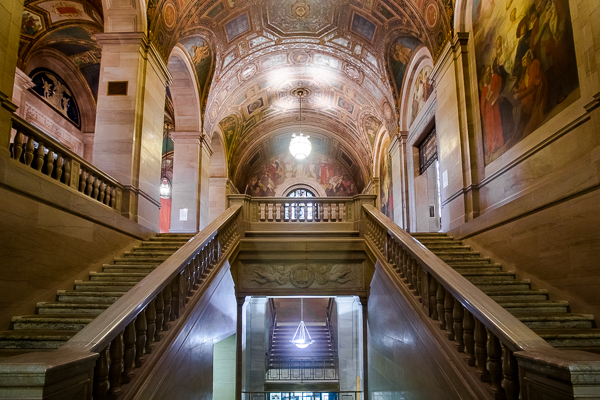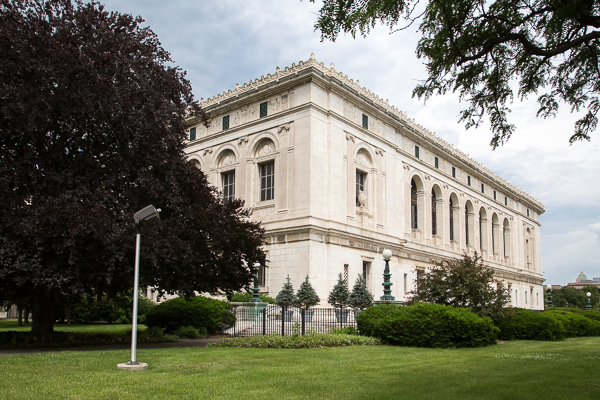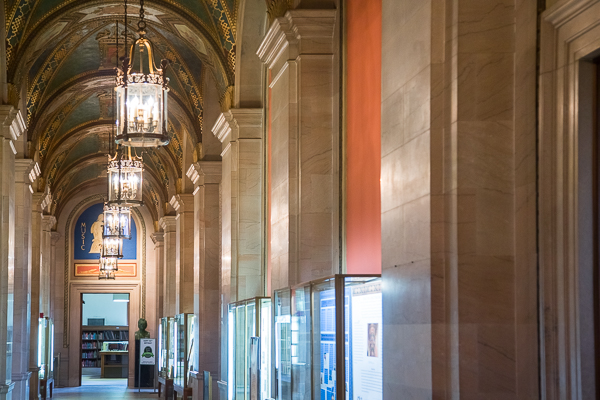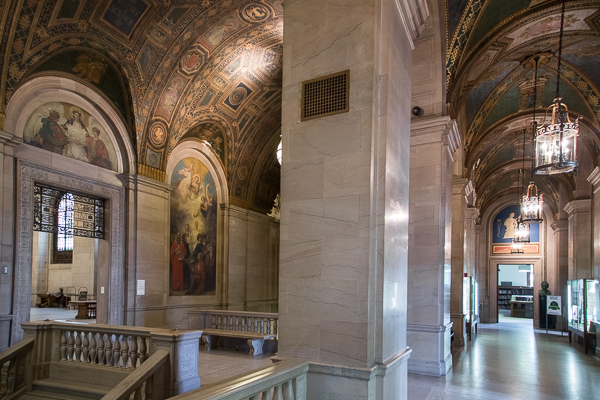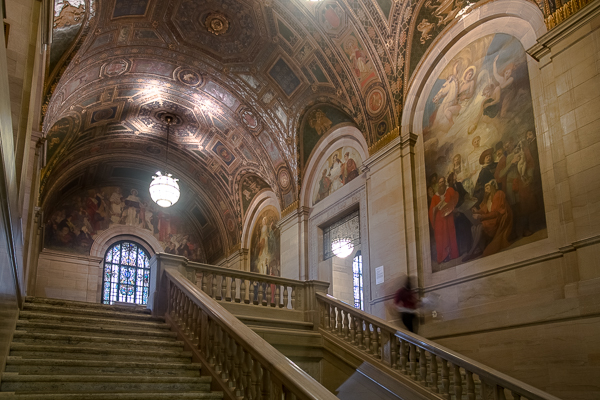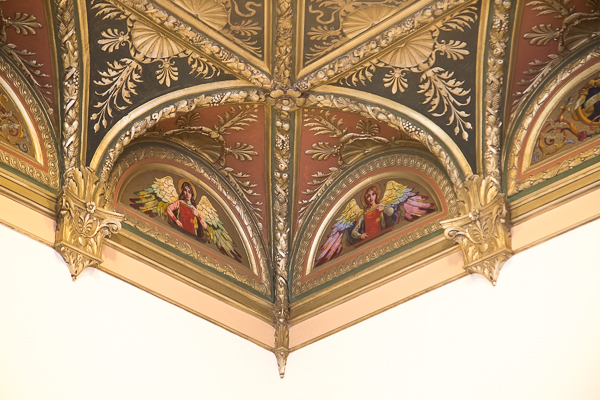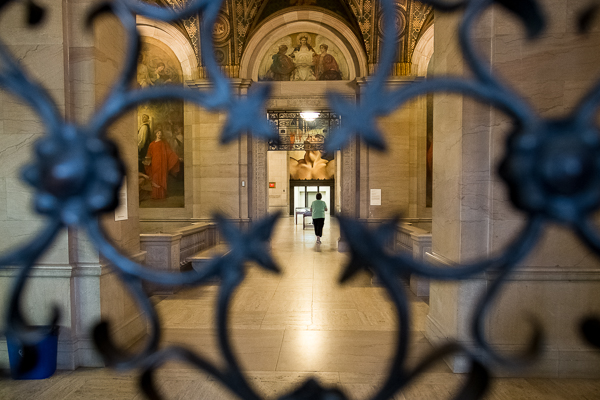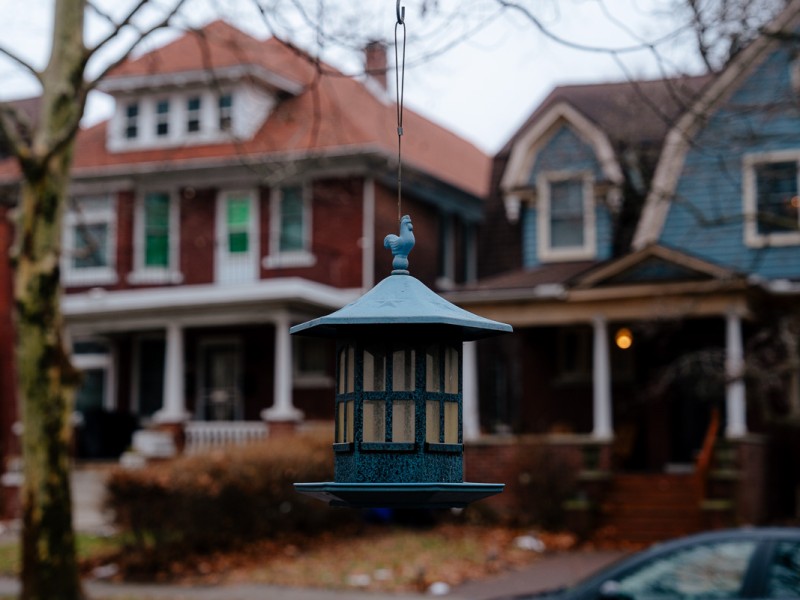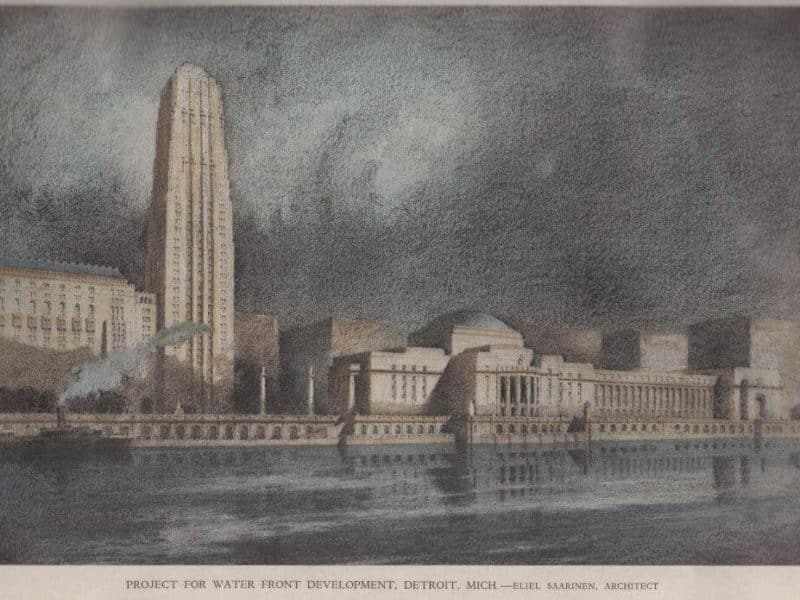7 wonders of Detroit Public Library’s Main Branch
In honor of the Detroit Public Library's 150th anniversary, explore the wonders of Main Library, many of which are hidden in plain sight.
Every Detroiter has one or more places that stir deep feelings of affection for this place we call home. For many of us, that place is the Main Branch of the Detroit Public Library.
The grand building is rooted in an older Detroit, a time when the city was just roaring into life as an industrial powerhouse, when the “Paris of the Midwest” tagline was said without irony.
Unlike its sister institution across Woodward, the Detroit Institute of Arts, the library is more reticent about its treasures. But with the library’s 150th anniversary happening this year, we took a look around with Barbara Cohn, a board member of the Detroit Public Library Friends Foundation and the person who probably knows the library better than anyone.
A few years ago, Cohn, who is a docent at the DIA, came to the library to look around, recalling all the beautiful things she remembered as a girl visiting the building. She was struck by how little information was available about all the magnificent art and architecture contained within, so she contacted then-executive director of the Friends Foundation Patrice Merritt and asked to do a tour.

“People don’t realize what treasures are here,” Cohn says. But clearly there was interest—the Saturday morning tours began filling up almost immediately.
Walking around the building with Cohn is like running into an old friend and suddenly seeing them in a new way, noticing details and grace notes you never quite picked up on before. Even library buffs will find something new here.
Architect Cass Gilbert (whom you might know from such commissions as the Woolworth Building in New York City, one of America’s first skyscrapers, and the U.S. Supreme Court Building in Washington, D.C.) planned the library’s majestic Italian Renaissance design as almost a temple to learning, Cohn says. Greek and Roman motifs and themes around books, knowledge, and wisdom are everywhere. “Gilbert wanted this to be a beautiful building that encouraged you to learn,” Cohn says.
It would be absolutely impossible to highlight every jaw-dropping artwork or architectural detail in this building – for that, you should take a public tour, or even better, book a paid private group tour with Cohn or one of her docents. But these seven highlights reflect some of the biggest surprises.

Stargaze with Copernicus
When you walk into the Woodward entrance hall and past the majestic bronze doors, ascend the grand staircase and look above the main center hall on the floor below. Hanging there is a mosaic of Polish mathematician and astronomer Nicolaus Copernicus, crafted by Frank Varga. The Copernicus Observance Society donated the piece to the library in 1974 in honor of Copernicus’ 500th birthday — and of special interest to one of metro Detroit’s largest ethnic groups, a Polish eagle stands atop the frame. Because of its out-of-the-way location, the mosaic got lost in the shuffle until recently. The first thing the Friends Foundation did with proceeds from their tours was to purchase a spotlight that now illuminates the mosaic, making the glass sparkle and catch library patrons’ eyes.
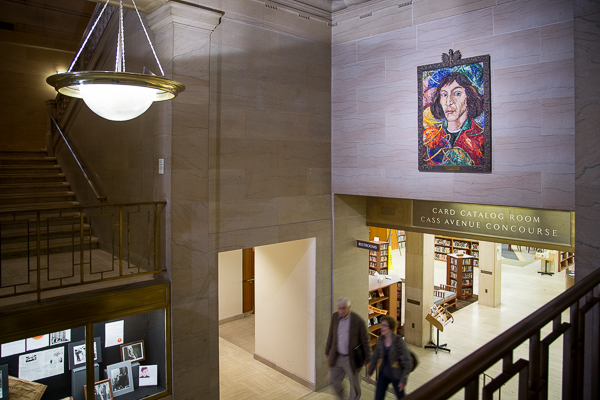
(Bonus: The mosaic isn’t Main Library’s only homage to Copernicus. A bust of the Polish astronomer stands on the library’s northeast lawn. It is the work of Frank Varga’s father, Ferenk.)
Printers’ marks
In the breathtaking Adam Strohm Hall on the library’s third floor (named for the first library director to work in the building), there is much to see – but don’t miss a closer look at the bronze entrances around the doors. Look for the circular roundels: each depicts a different printer’s mark, insignia which early publishers would place on books to show who printed them and where.
Painted (and hidden) windows
The windows in Strohm Hall are not stained glass, but painted, so as to let in more light for reading. Each have zodiac motifs, but you’ll notice some of the sun signs are missing. It’s believed the stunning “Man’s Mobility” triptych by John Coppin, which was added in 1965 when the library expanded, conceals the original windows.
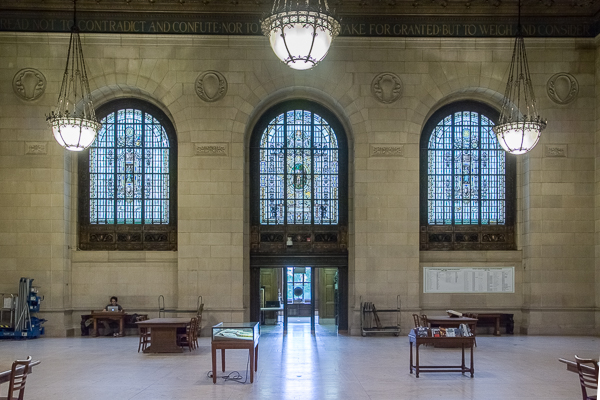
Masterpiece in the loggia
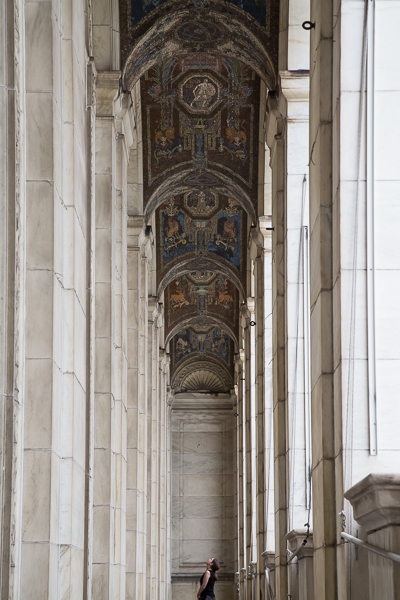
In the Fine Arts room, tall arched windows once opened to let in fresh air, although only one opens now, however rarely – there are two keys, and Cohn has one. If you’re lucky enough to step through the window onto the loggia floor, however, you’ll see something few Detroiters even know exists: a series of seven mosaics underneath the loggia windows, depicting quotes from Shakespeare’s “Seven Ages of Man” monologue from “As You Like It.” The mosaics were created by Pewabic Pottery’s Mary Chase Stratton and Horace Caulkins, along with library designer Frederick Wiley. Their names are affixed in gold leaf at one end and Gilbert’s at the other. They’re astounding works of art, made all the more so by the fact they are virtually concealed to most eyes.
Stalin’s chest
In a corner of the Burton Historical Collection room (which could command an entire article by itself) sits a gorgeous, ornate steel jewel chest. It belonged to a member of the Russian royal family, and eventually came into the possession of dictator Joseph Stalin. Stalin gave it to Ford Motor Company’s Charles Sorenson in thanks for establishing Russian auto plants during World War II, and Sorenson’s widow donated it to the library.
Stunning, supreme ceilings
Every room on the third floor features a magnificent ceiling designed by Frederick Wiley, most of which are reproductions of ones found in European palaces; however, the simpler ceiling in the Art and Music reference room was a new design, one Cass Gilbert liked so much he used it again in is next commission — the U.S. Supreme Court Building.
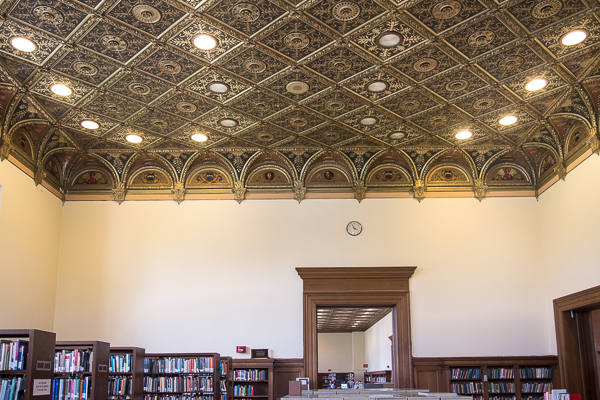
Family affair
In the 1960s, with the city close to its peak population of 2 million residents, the library commission decided an expansion was needed. Once a millage passed and the funds were committed, they requested proposals from architects nationwide. The winner? Cass Gilbert, Jr. He and his partner Francis Keally are responsible for the sleeker, modern wing that faces Cass Avenue and contrasts with the senior Gilbert’s classical aesthetic.
That’s as much space as we have, and we still haven’t mentioned half of the eye-popping treasures you’ll find on a visit to the library – plus the books…and the music –sheet and recorded…and the movies…and even the baseball memorabilia.
“I feel that in every room, there is something to uncover,” says Cohn.
Amy Kuras is a Detroit-based freelance writer.
All photos by Marvin Shaouni.
